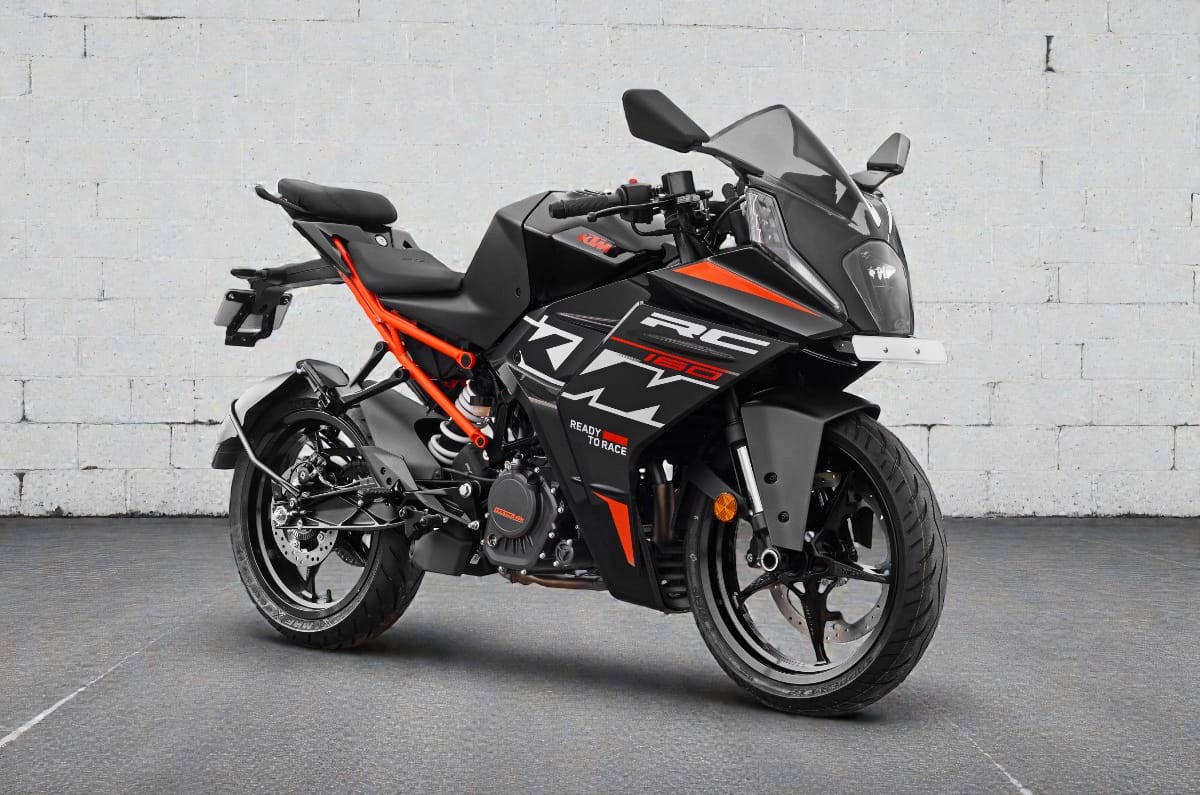The right fuel: Need to zero in on half breeds close by EVs
Building a cross country charging framework for electric vehicles will set aside time. Up to that point, Toyota accepts, mixture vehicles are a superior decision for India.
Kirloskar Motor (TKM) accepts that mixture electric vehicles (HEVs) are the right 'vehicle' for India until the time a cross country energizing foundation is set for battery electric vehicles (BEVs). While BEVs have a battery that should be charged from an outside source, HEVs ordinarily utilize two wellsprings of ability to drive the vehicle – an inner burning motor (normally petroleum) and an electric engine.
Indeed, even the best BEVs accessible in India right presently have a scope of 300-500 km, and in case there isn't sufficient public charging foundation support, clients of BEVs can confront range uneasiness (stress that the battery will run out of force and they will be abandoned out and about).
HEVs don't have any such issues – on brief distances, certain HEVs (particularly module HEVs) can be worked distinctly as BEVs, and longer excursions can be empowered utilizing petroleum power.
As per a review by the iCAT (International Center for Automotive Technology), an administration testing organization, HEVs can run 40% of the distance and 60% of the time as an electric vehicle with the petroleum motor shut off, and this gives HEVs better eco-friendliness enhancements (35-half) and lower fossil fuel byproducts when contrasted with petroleum vehicles. This reasonableness of HEVs is the thing that TKM needs the policymakers to acknowledge so HEVs can be treated on the center ground taking everything into account.
HEVs, BEVs and GST
The current GST on BEVs is 5% in all cases. For petroleum/diesel vehicles, the powerful assessment rate (counting pay cess) is 28% for little vehicles and 45% for huge ones, and the equivalent is intended for HEVs. "This means despite the fact that HEVs fall somewhere close to BEVs and regular fuel vehicles – and can go about as the extension towards charge of versatility—these don't get any expense advantage," Vikram Gulati, country head and senior VP, TKM, told FE.
As per Gulati, for HEVs to get famous, these should be made more reasonable. "Two things should be possible in such manner. One, the ideal GST structure for HEVs ought to be 11-13% lower powerful assessment than petroleum/diesel vehicles. Two, whenever that is done, it ought to be passed on to OEMs to cut down the expense of HEVs," he said.
On how TKM showed up at this figure of 11-13%, Gulati added that "while mentioning for GST decrease, we are likewise cognisant of the way that income is a significant component, thus we ought to be dependable in requesting a sensible and legitimate number, and according to our estimations anything somewhere in the range of 11% and 13% differential (when contrasted with charge on petroleum/diesel vehicles) makes equality as far as both tax assessment and the related advantages that HEVs can bring."
As indicated by auto experts FE conversed with, these advantages incorporate lower fossil fuel byproducts versus petroleum/diesel vehicles and insignificantly lower fuel import bills of the country (in light of the fact that HEVs are more eco-friendly than petroleum/diesel vehicles). "We are not speaking just with regards to half breed innovation here," Gulati added. "What we need the public authority to do is give proportionate help to every auto innovation, for example having an innovation rationalist way to deal with versatility – such a methodology marks all the right boxes."
Coal is driving the battery
A significant explanation India ought to proactively check out HEVs is the current energy blend. As per the 'India Energy Outlook 2021' investigation by the IEA (International Energy Agency), 70% of power age in India occurs by consuming coal. The report noticed that despite the fact that sun oriented force is set for unstable development in India, it will require around twenty years for sun based to coordinate with coal's offer in the Indian force age blend, by which time the portion of both would be a little more than 30% each.
As per the 2021 Nomura report 'All encompassing Assessment of Alternate Powertrains for Passenger Vehicles in India', HEVs have the most minimal lifetime well-to-wheel carbon dioxide emanations (around 30% lesser outflows) when contrasted with BEVs, whose batteries get charged prevalently by consuming coal (in the current Indian energy blend situation).




Post a Comment